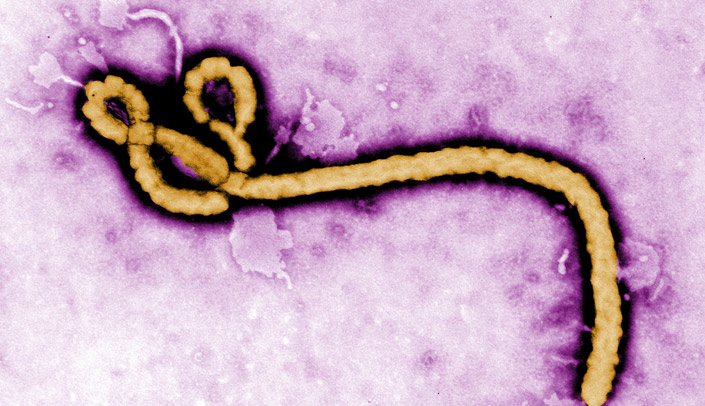Plague. Avian flu. Cholera. The most contagious and deadly diseases in the world could be on our doorstep overnight. Would we recognize the symptoms? And, could we treat the disease, or keep it from spreading?
The NET News documentary “After Ebola: Nebraska and the Next Pandemic” combines the personal stories of medical professionals in the Nebraska Biocontainment Unit who dealt first-hand with the Ebola virus, and examines what they learned by preparing and planning for a potential pandemic. It premieres on NET at 9 p.m. CDT Wednesday.
“When the Ebola patients were brought to Nebraska there was international media coverage. We wanted to tell the story of what happened behind-the-scenes and what lessons were learned from the experience,” said NET News senior producer Bill Kelly, who worked on the documentary.
The story begins in the late summer of 2014, as an elite, specially-trained group at UNMC in Omaha mobilized to care for three patients infected with the deadly Ebola virus.
The Nebraska Biocontainment Unit spent 10 years preparing for patients with dangerous, highly contagious diseases, but this was no dress-rehearsal. It was a worst-case scenario — with possible deadly consequences.
“A disease anywhere, could be a disease everywhere,” said Ali S. Khan, M.D., M.P.H., dean of the College of Public Health at UNMC.
At the time, only four U.S. hospitals had facilities able to safely contain and treat Ebola. The Nebraska Biocontainment Unit was the creation of UNMC and its clinical partner, Nebraska Medicine, and the Nebraska Department of Health and Human Services.
“After Ebola: Nebraska and the Next Pandemic” tours the unit — meeting members of the team, learning how infected patients were treated and hearing how health care professionals protected themselves.
The documentary also examines the lessons learned from the unit’s experiences, and reveals how planning and practice drills can help small clinics and regional hospitals in Nebraska reassess their preparedness for a killer pandemic.
As an example, a fictional epidemic drill in Dawson County showed how quickly an influenza outbreak — something like the deadly Spanish Influenza outbreak from 100 years ago — could undermine community institutions.
“After Ebola: Nebraska and the Next Pandemic” also includes reporting about plausible scenarios that detail how a highly infectious disease could emerge from the Great Plains.
